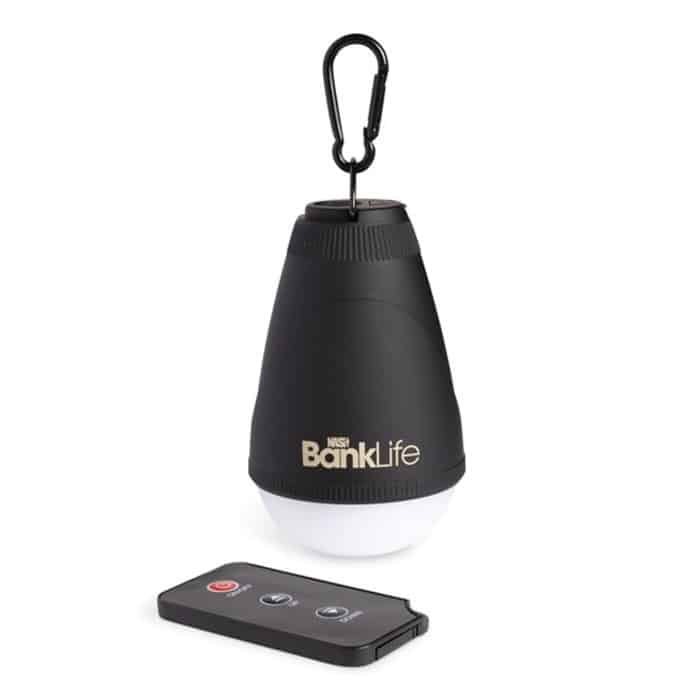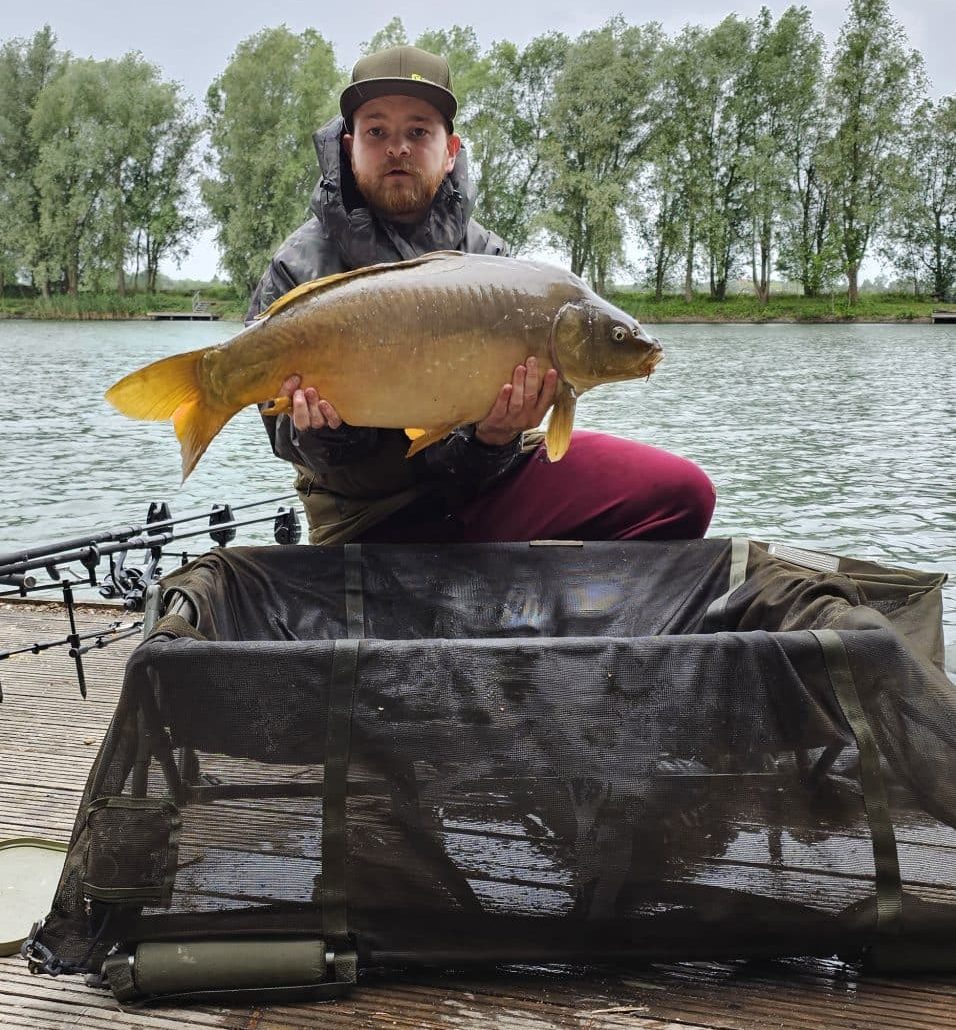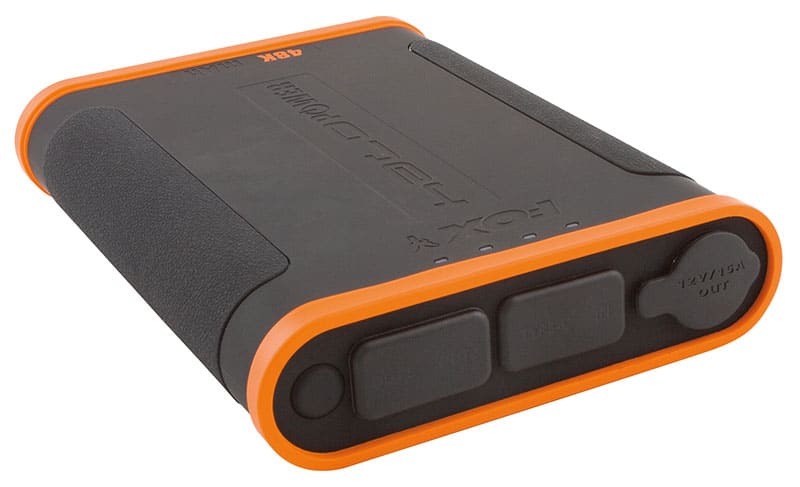
Nash Powerbanx Dome Lite Review — Compact Bivvy Light for Carp Anglers
The Nash Powerbanx Dome Lite is a compact and easy-to-use bivvy light, ideal for short sessions. It recharges quickly and provides warm illumination, but battery life could be improved.


